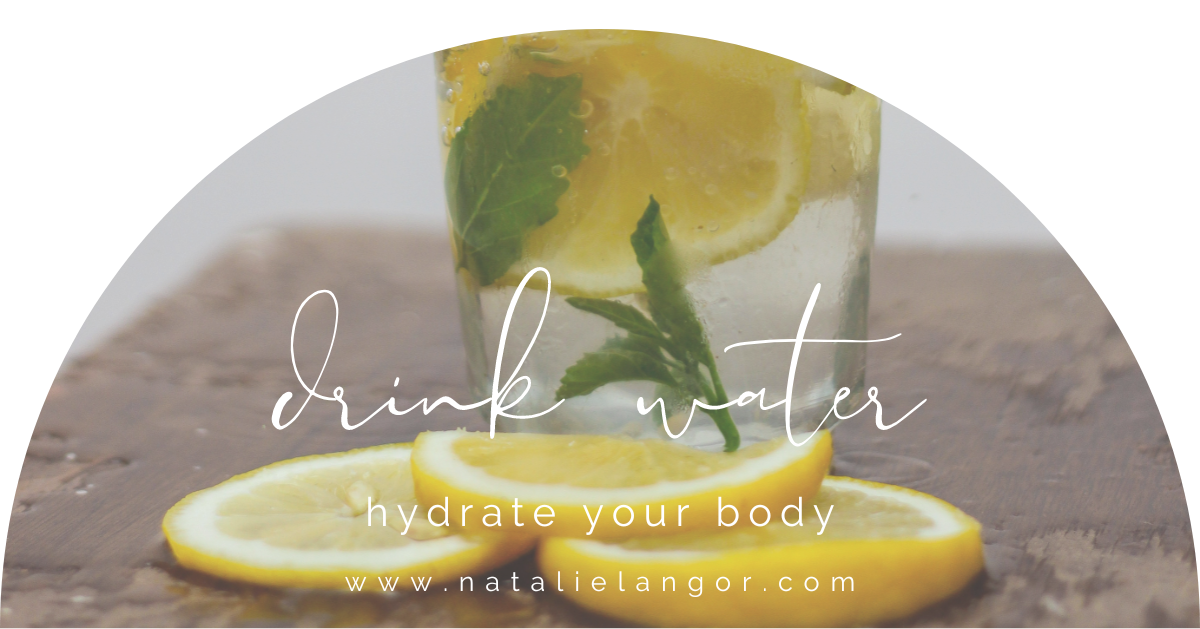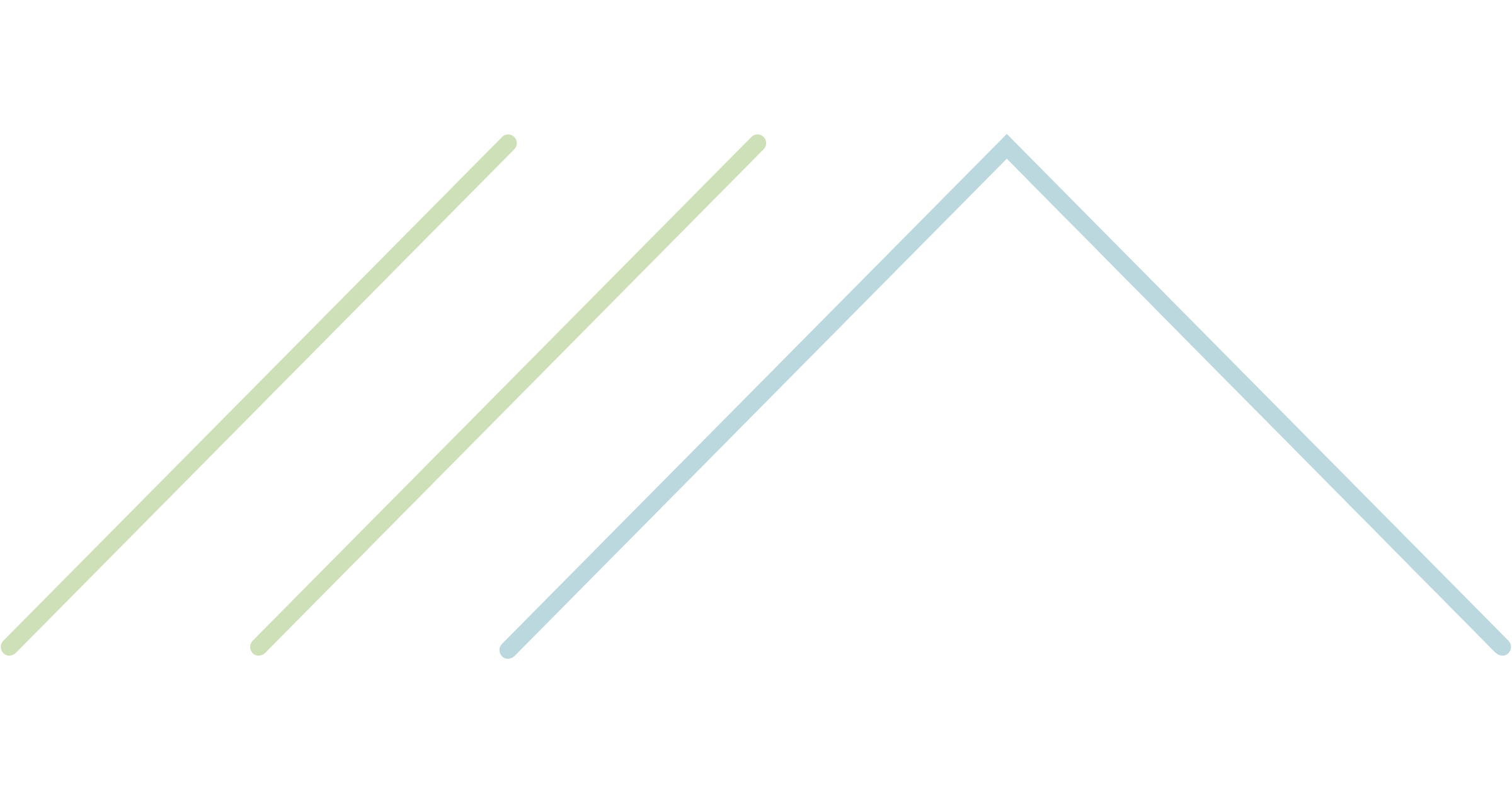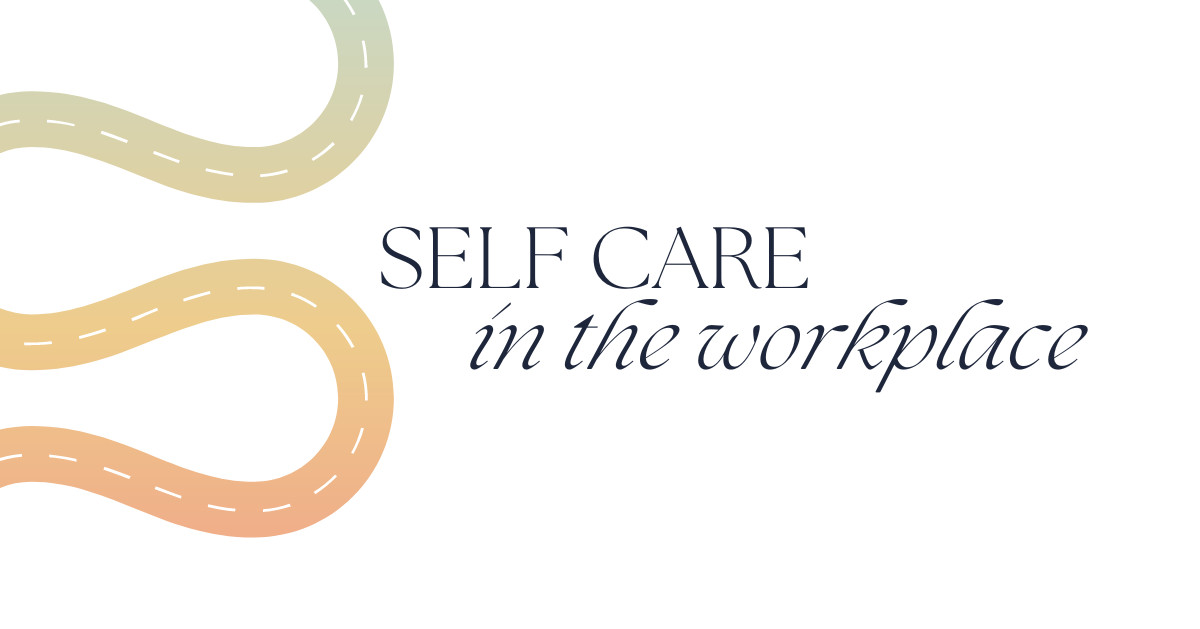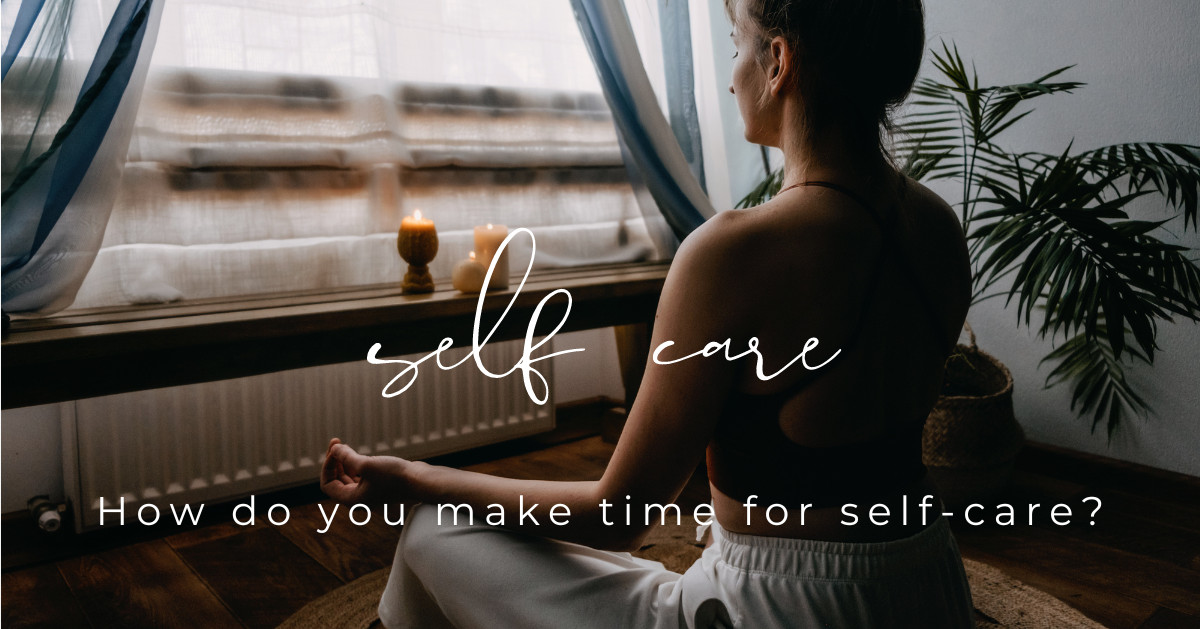
The sun is our friend - we need it. Twenty minutes per day with no sun protection is how we get our vitamin D and happiness. You want to protect your skin from burning with non-toxic sunscreens. So what should you use? Mineral Sunscreens are the way to go!
Chemical Sunscreens absorb into the skin, Mineral Sunscreens with non-nano ingredients, such as Zinc Oxide, are barrier sunscreens. Basically, they sit on the skin. Here are a few ingredients you want to avoid: oxybenzone, avobenzone, octisalate, octocrylene, homosalate and octinoxate.

SPF---Sun Protection Factor
Let’s first talk through what SPF even is. SPF stands for sun protection factor. It is a measure of how well an agent blocks UVB rays (the kind that causes skin cancer). When not wearing sunscreen, your skin will naturally change color and incur a certain amount of damage in one hour. If you are wearing an SPF of 2 you will incur that same amount of damage in 2 hours that you would have incurred in one hour without any SPF. An SPF of 10 will get you 10 hours, SPF 30 will get you 30 hours, etc.
Here’s the thing, SPF is not linear (i.e. you don’t get 10 times more protection going from SPF 1 to 10 or 10 to 100). When you apply SPF 10, you are blocking approximately 90% of UVB rays. SPF 15, approximately 93%; SPF 30, approximately 97%; and SPF 50, 98%. So applying an SPF of 30 only gives you 7% more protection than SPF 10.
Also worth considering: if you do not plan on spending more than 10 hours in the sun, you may not need the 30 hours of protection that an SPF 30 may offer. In fact, when is the last time you saw 30 hours of daylight?
The bottom line, lower SPFs, applied more often, may offer similar sun protection as higher SPFs. I don't think I can beg you any stronger to look at the ingredients on your sunscreens! Just because they are mineral-based does not mean you should use them!!
There are many sunscreens that are non-toxic, but my fave by far is the Mineral Sunscreen by YL. It comes in SPF 10 or 50. The ingredients are clean and it works!

Outdoor Blend
Don’t let bug bites ruin your family’s outdoor fun this summer! But, just say NO to DEET! Here are some lovely side effects of DEET in children reported by the CDC:
Children with DEET toxicity reported lethargy, headaches, tremors, involuntary movements, seizures, and convulsions, though the amount that led to this toxicity was unreported.
Young Living's Outdoor Blend is our favorite way to keep mosquitos, ticks, and fleas away. It’s proven to repel them with 99 percent active ingredients, plus 1 percent vitamin E to moisturize and condition the skin. And the best part, it rubs easily into the skin without feeling greasy or sticky and you don’t feel like you need a shower after heading outdoors. It may seem pricey at first but one bottle has lasted our family for a couple of years.

In case you forget to use your insect repellent before heading outdoors, this roller comes in handy to bring relief and support healthy skin.
KID DILUTION (AGES 3-8)
8 drops Lavender essential oil
8 drops Purification® essential oil
5 drops Tea Tree (Melaleuca
Alternifolia) essential oil
Organic fractionated coconut oil or carrier oil of your choice
ADULT DILUTION
15 drops Lavender essential oil
15 drops Purification® essential oil
8 drops Tea Tree (Melaleuca
Alternifolia) essential oil
Organic fractionated coconut oil or carrier oil of your choice
Drop essential oils into a 10ml roller bottle. Fill the remainder of the bottle with fractionated coconut oil and enjoy!

I know organizing a home is typically a big topic for springtime, but if you didn't quite get your house in order, there’s no better time than now! Getting organized will leave so much more time for fun and family when the weather is nice. When was the last time to decluttered dressers and closets?
To keep things simple and manageable, let’s tackle one thing at a time. I don’t know about you, but clothing clutter is killing our house right now. We still have winter clothing and outdoor gear all over, and now we’re starting to think about tank tops and shorts.
It’s time to tackle this clothing clutter in a manageable way. Take today and organize the winter gear. Do you need all the heavy coats, gloves, and snow boots within arm's reach? If you do, by all means, keep them out but if you don’t, gather them up and put them somewhere until next season. We keep ours in a basement closet where it’s still easy to grab them if we need them, but they are out of the way. It cuts down on the clutter so much!
Dressers
Don't let yourself get overwhelmed. Pick the one that is the most out of control if you have several.
You’ll need at least two strong trash bags and a notebook to start. The notebook is to write down items as you put them in the donation (or sell) pile. One of the trash bags is for donations, and the other is trash for items that aren’t suitable for donation.
When you’ve got your bags and paper ready, start in one drawer. Pull each item out and put it in a keep pile, the donate bag, or the trash bag. It’s important that you don’t just look through and pull out things to donate. You want to empty the entire drawer.
As you go, watch for items that are stained or damaged. Why do so many of us still have socks with holes in the toes!?! Add all these items to the trash bag.
Some items will probably be easy calls to the donate bag. For example, I found some items that are still in decent shape but are way too small at the moment. While I’d like to fit in them, I also know that when that day comes, I’m going to celebrate with new clothes in my current style and not be digging through drawers for old stuff. Reality is your best friend when purging.
Once you’ve reached the bottom of the drawer, give it a good wipe down and head to the keep pile.
Ask yourself these questions about each item before you put each “keeper” back in the drawer:
- Does it fit?
- If the weather was right, would you wear it today? Is it still your style?
- Is it in good condition?
- Can you put together an outfit you’d be excited to wear with it?
- Do you already have a reasonable number of similar items? A person only needs so many socks and pajamas. We tend to add to things like that year after year without getting rid of our least favorites.
- Have you worn the item in the last 6 months?
Unless you need to rearrange what’s stored in each drawer, I’d put all the keep items back in the drawer before starting the next. It can be overwhelming if you empty out an entire dresser at once, while one drawer at a time is manageable. Continue tackling the dresser drawer by drawer. It’s amazing how great it feels finishing a long-overdue project like this.
Closets
Brace yourself…I’ll tell you upfront, this will take time, so do this on a day when you have some extra time to finish. You’ll need a couple of hours more than likely. But, once you’re done, you’ll feel so much better. Also, you get a special feeling when you donate items that you don’t need anymore. I always think that I’m going to miss something, or that I spent good money on it and maybe I should hang onto it a little longer, *just in case*. But, that just-in-case moment never arrives (and if it does, clearly my mind is changed). So I’ve learned over the years to part ways with items that don’t serve me anymore, and I let them go to others who can use and enjoy them. It also reminds me not to purchase crap that I’ll just end up donating. I mean, how much richer would I be today if I just said no to all the things I end up donating? Ok, let’s not get into that. But you know where I’m going with this.
Step 1 – Clear Your Closet
The first thing we’re going to do is clear absolutely everything out of the closet. Make sure you have a clear bed and a somewhat cleanroom to be able to accommodate the contents of your closet.
So, start going section by section and taking all garments out of the closet and placing them on your bed. Of course, I say this for two reasons. First, it’s a big flat surface that will help you organize your clothing, and second, you won’t be able to go to bed until this job is done (haha).
Step 2 – Clean Your Closet
This is indeed the actual physical cleaning of your closet, also fairly easy to do. You have a totally empty space, and now you just need to give it your magic touch. Closets rarely (if ever) get cleaned. If you wonder why your closet smells stuffy, it’s likely because it houses stale air and has carpet which hardly gets cleaned. So, kick this off, mix 10-20 drops of your favorite essential oil (I love Citrus Fresh)with baking soda, sprinkle some on the carpet, and leave it for 15 minutes or so and that will help rid the carpet of odor.
While the baking soda is sitting, get your step ladder and climb up to the shelves you can’t reach by hand. Vacuum the shelves down and then spray and wipe with Thieves cleaner and a cloth. Feel free to clean hanger rods too. Then, finish off by vacuuming up the carpet and including the corners and baseboards. Much better!
Step 3 – Sort The Clothing
OK deep breath here. You should know that this is probably going to be the longest, most grueling part of this job – but this is where the rubber meets the road – this is your opportunity to rid yourself of all sorts of clothes that are doing nothing more than clogging up your closet. I’m just being honest.
Let’s just have a quick pep talk about this. Your clothes just hang out in your closet, on a hanger that could be used for a piece of clothing that you actually wear. Here are the same helpful guidelines we used with our drawer cleanout:
- Does it fit?
- If the weather was right, would you wear it today? Is it still your style?
- Is it in good condition?
- Can you put together an outfit you’d be excited to wear with it?
- Do you already have a reasonable number of similar items? A person only needs so many socks and pajamas. We tend to add to things like that year after year without getting rid of our least favorites.
- Have you worn the item in the last 6 months?
The way I put items back in the closet:
- Like items with like items, pair similar types of items together
- Color code items – range from one end of the color spectrum to the other, which can help you when trying to coordinate an outfit or look for a particular garment.
- Place items you don’t use as often out of the way, and items you wear frequently front and center (my dresses are harder to reach, my jeans I could grab with my eyes shut).
Trash Your House
How are you feeling now that you took care of some major clothing clutter? Next we’re going to trash your house! Lol!! Stick with me... it soon makes sense.
First step, start your diffusers and pick a blend that motivates you! I love to put in peppermint + orange!
Next, grab a garbage bag and set a timer for 15 minutes. Stop at every garbage can in your house and dump it in there. If you have a multilevel house start at the top level and work your way down.
Not only that, look around… Are there water bottles by your bed? Candy wrappers by the kids’ beds? Is there paper sitting around that you don't need?
Throw it away.
Make this quick and fast. You only have 15 minutes! Get a new bag if you need a new bag and do all the things!! Do you have boxes that you're saving?? Do you need all of them? It’s a lie that you need to save so many boxes. Lol!!
If you didn’t finish up in 15 minutes, take extra time or do another 15 minutes tomorrow. Isn’t it amazing what we can get done with a timer and some hustle?
Enjoy your clean house! (And load those donation bags into your car... now!)

Sweet Summertime. The sun. oh how I have missed you. Pool or lake days, BBQs, getting outside! Summer is the season of being outdoors. It’s also the season of forgetting to hydrate, sunburns, and bugs. BUGS! In today’s post and next week's, we will dive into each of these further.

Hydration is key to many functions in the human body, and in the summer heat, it can be challenging to maintain hydration. One of the most significant roles that water plays in the body is regulating internal temperature. The body’s ability to stay cool in hot weather depends on proper hydration. But hydration isn’t maintained by water consumption alone. Yikes! Water is vital, but electrolytes are also required for hydration. The body cannot fully absorb the water you drink without electrolytes. Electrolytes are essential for your body to function. They help regulate your pH levels and are necessary for nutrient absorption. You must have sufficient electrolytes to absorb the vitamins and minerals from the food you eat. So it’s a big deal!

Some of the most common electrolytes found in the body are:
- Calcium
- Chloride
- Magnesium
- Phosphorus
- Potassium
- Sodium
Each of these minerals carry an electric charge when dissolved in the body giving them the name electrolyte. Electrolytes help regulate nerve and muscle function, hydrate the body, balance blood acidity and pressure, and help rebuild damaged tissue.
Energy drinks are often associated with electrolytes. However, they usually include high amounts of sugars and dyes that are not beneficial to health. Consider consuming electrolytes from healthier sources:
- Avocados
- Dried Apricots
- Bananas
- Unsweetened Coconut Water
- Lentils
- Pickle Juice!
- Sea Salt
- Spinach
- Sunflower Seeds
- Watermelon
So what is the easiest way to introduce electrolytes to your body? Sea salt. Seriously! Sprinkle some pure non-iodized sea salt into your water. You will barely notice it is there. Along with skipping iodized salt, skip the pink Himalayan salt too.
Not getting enough water? Not sure how much you should be drinking? Sign up for my free 3 day hydration challenge and get all the info right in your inbox!








